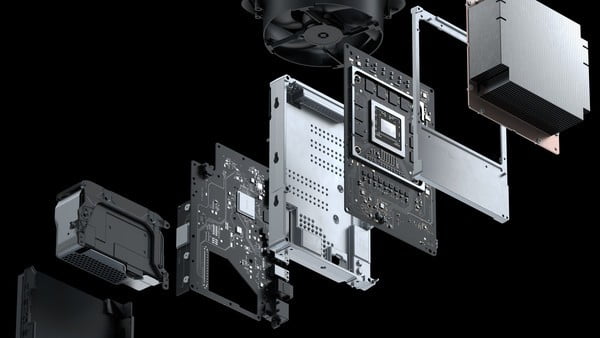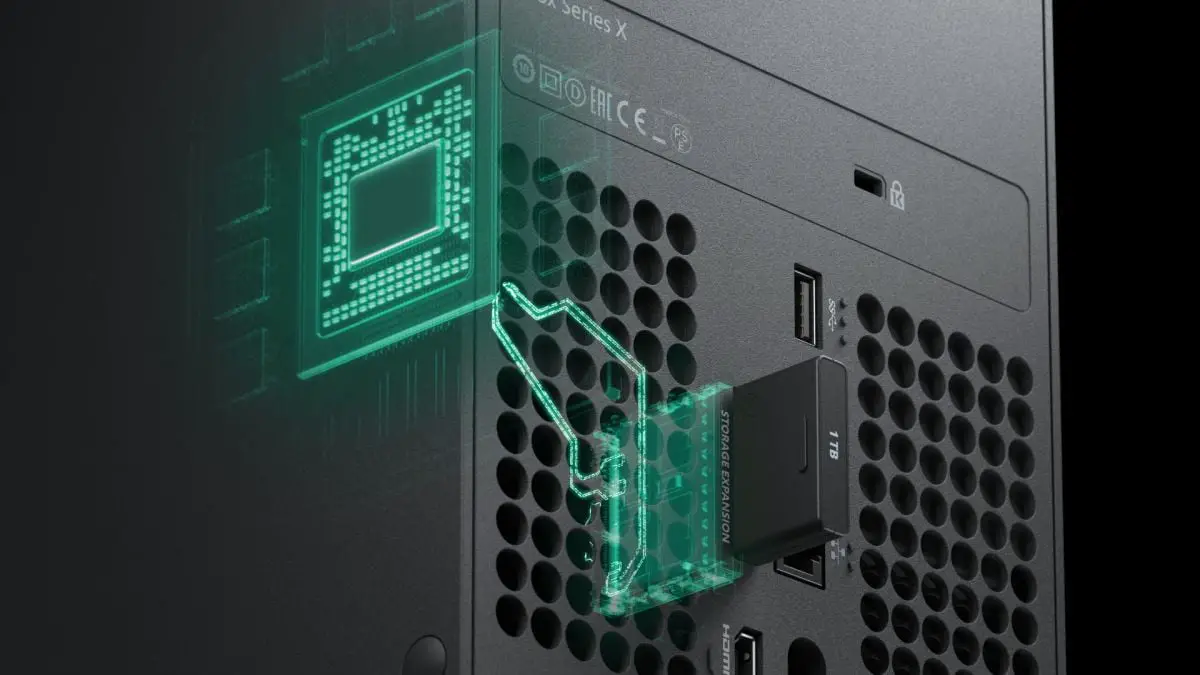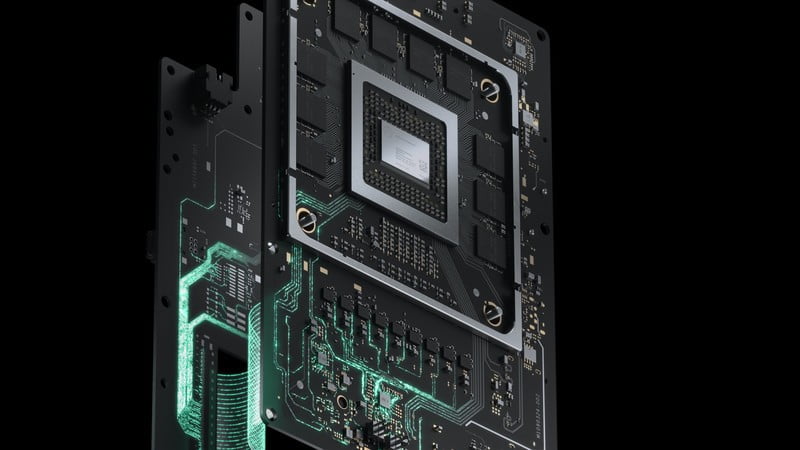We explain how the Xbox Velocity tech, the heart of the new console, Xbox Series X works.
When Microsoft set out to design its new console, the Xbox Series X, they aspired to build the most powerful console ever created, offering all the technological innovations available in the current generation and one that was capable of delivering consistent and sustained performance regardless of the situation.
To do this, they created the Xbox Velocity technology, defined by the company as the “soul of the console”, and that in this article we are going to detail to unravel its secrets.
- Microsoft renames Xbox Game Pass: it’ll be “Game Pass“
- Xbox Series X will officially launch in November 2020
- The Xbox Series X already has a launch date: Exclusive games, and Xbox Series S?
To achieve the goal described above, Microsoft knew that they needed to analyze each individual component of the system to overcome the performance and design limitations of traditional consoles. Design on the Xbox Series X was critical to ensuring they had a perfect balance of power, speed, performance, and cooling while ensuring that no one component would limit the performance of others, thus making it possible to deliver gaming experiences at their best, something that was not possible in previous generations of consoles.

Xbox Series X hardware and Velocity architecture
At the heart of the console is a custom processor that leverages AMD’s latest RDNA 2 and Zen 2 architectures, delivering more than 12 GPU TFLOPs performance and four times more CPU power than the Xbox One X.
Xbox Series X offers the largest memory bandwidth of any next-gen console, with 16GB GDDR6 and including 10GB of GPU-optimized memory at 560GB/s bandwidth to keep the processor ‘powered’ without any neck bottle.
As they analyzed the storage subsystem, it became clear to them that they had reached the limit of technology, and to fulfill their design aspirations, they had to radically rethink and revolutionize the Xbox Series X’s approach to how to bundle CPU, GPU, memory and storage to work in unison without bottlenecks.
Xbox Velocity, the soul of the Xbox Series X
The Xbox Velocity architecture was designed as the ultimate solution for streaming game assets on the next generation of Microsoft consoles. This represents a radical change in the I/O subsystem and directly affects all aspects of the console design. In Microsoft’s words, if the processor is the heart of the console, the Velocity architecture is its soul.
This architecture consists of four fundamental components, which we will delve into below.
The custom NVMe SSD
The basis of the Velocity architecture is the 1TB capacity custom NVMe SSD, which offers 2.4GB/s of raw bandwidth, 40x faster than that of the Xbox One X. The traditional SSDs used in PCs typically slow down as their temperature rises, but this SSD is designed to deliver consistent and sustained performance rather than peak performance. In other words, Microsoft has preferred an SSD that is not always running at full capacity but then degrades its performance, and they have preferred to opt for a slightly lower performance in order for it to always be constant.

In this way, developers have a guaranteed level of I/O performance at all times so they can optimize their games accordingly, removing the barriers and constraints they have to deal with today. This same level of consistent and sustained performance also applies to Seagate’s external storage card, ensuring that the user will have exactly the same gaming experience whether using it or the console’s internal storage.
- Former Xbox exec: No way PlayStation 5 is over $499
- PS5 does not use RDNA 2 architecture, is Sony wrong?
- Which one has a better gamepad: PS5 and Xbox Series X controller comparison
Hardware accelerated decompression
Game assets and packages are compressed to optimize loading times and the amount of storage each individual game needs. Featuring hardware accelerated decompression (LZ) support as well as a new proprietary algorithm specifically designed for texture data called BCPack, Xbox Series X offers the best of both worlds for developers to achieve massive savings without quality loss or performance.
Since the texture data comprises a significant portion of the total size of a game, having an algorithm specifically designed and optimized for this allows it to be used in parallel with the LZ decompressor, greatly reducing the size of games without reducing performance.
Assuming a compression ratio of 2 to 1, Xbox Series X offers an effective performance of 4.8GB/s in the title, approximately 100 times more than the previous generation of consoles. To offer decompression performance levels at the software level, more than 4 Zen 2 CPU cores would be required, which in this way are available for other purposes.
New DirectStorage API
The Standard File I/O API is over 30 years old and practically unchanged since then, while storage technology has been making significant strides since then. Analyzing game data access patterns, as well as the latest hardware advancements with SSD technology, Microsoft knew it needed to move forward in this regard to put more control in the hands of developers.

Thus, they have added the new DirectStorage API of the DirectX family, giving developers much tighter control of I/O operations, allowing them to set up multiple queues, prioritize, and minimize latency. It’s a low-level API that ensures that you can take full advantage of the console’s I/O performance, virtually eliminating load times in games.
Sampler Feedback Streaming (SFS)
This is a completely new innovation built on the other advancements in the Xbox Velocity architecture. The game’s textures are optimized at different levels of detail and resolution, called MIP maps, and can be used during rendering based on how close or far an object is from the player. As the player gets closer to the object the resolution of the texture increases to provide the sharpest details. However, these MIP maps require a significant amount of memory, so when the player moves away the resolution is reduced to free up resources.
Thanks to the specialized hardware that the Xbox One X has, they were able to analyze the memory usage of the textures by the GPU and saw that it was often less than 1/3 of the data needed to be loaded into memory. With this data, they were able to create and add new capabilities to the Xbox Series X GPU so that they could load only sub-portions of a MIP level into memory, on demand, just in time for when the GPU required the data. In other words, it optimizes the data that the GPU manages a lot in order to improve performance.
As you see, through the massive increase in console I/O performance, hardware-accelerated decompression, the DirectStorage API, and significant increases in GPU efficiency, the Xbox Velocity architecture enables the Xbox Series X to deliver a much higher gross performance than indicated by its hardware specifications.





